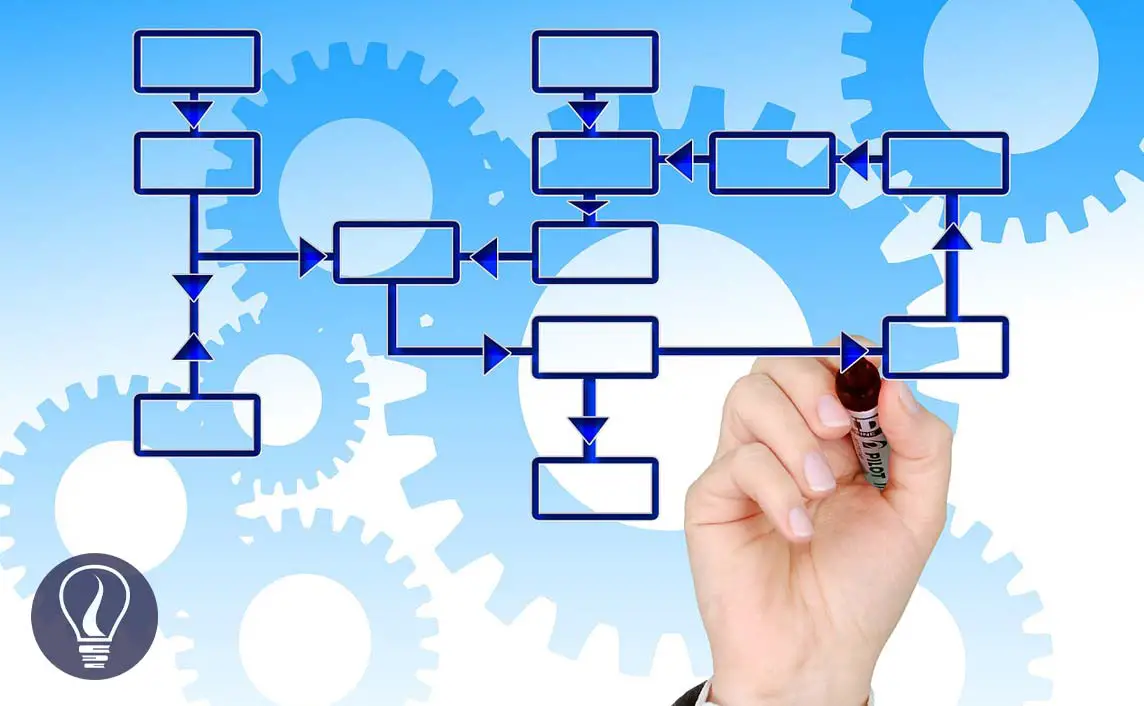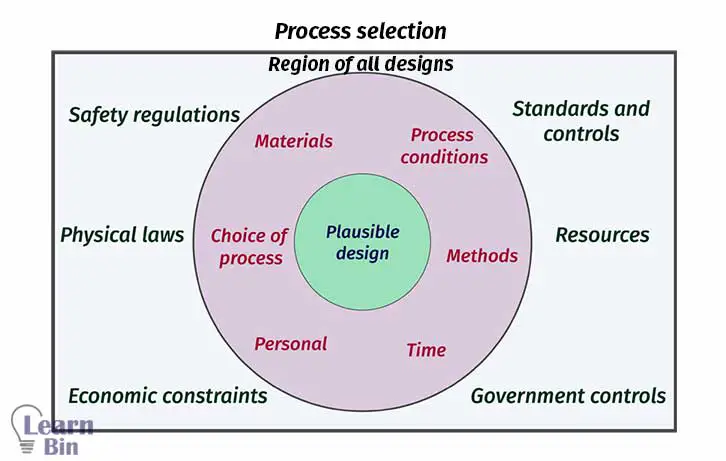More results...


Developing a chemical process from the beginning is a complex procedure because it should be developed from the laboratory level to the industrial level. Process development does not only include the development part of a process. But also, it should be included about how the process is maintained. There are three main objectives of process development.
The first objective is to design a new process for a product that has never been produced in commercial quantity.
Let’s think we are going to make the first-ever cake in history. So, we have to decide the materials, processing methods (mixing, baking, etc), and processing conditions (mixing time, baking time and temperature, etc). etc. Here, we are introducing a very new product and a new process to make that product.
The second objective of process development is introducing a new process. Here, we have a commercially existing product. We are introducing a new process that replaces the old process to manufacture the same existing product.
If we take an example of a cake, it can be made by different processes. Let’s think we are mixing cake batter by hand and baking cakes in traditional ovens. So, we can replace that process with a different process. We can mix the batter by using modern mixing equipment and bake the cake in an electric oven. But finally, we got the same final product. We have only modified the process.
In the above situation, we change the process for the same product. But here we modified the product. Here, we are introducing different materials which substitute old materials or modify the final product. When we are making a cake, we can substitute butter with margarine.
Also, if we add materials like cocoa powder or chocolate chips, chocolate cakes can be made. But in this situation, the process remains unchanged.
Developing a product is a step-by-step process from laboratory scale to industrial scale. We can identify five main steps of process development.
The first step of establishing a new process is identifying the manufacturing route of the product. As an example, when we are going to prepare food, first we should identify the preparation route; whether it is going to be cooked or baked in the oven, etc.
Other than we can take a real-world industrial example. Let’s think that we need to synthesize acetic acid. There are different ways to synthesize acetic acid.



From the above example, we have to identify the most suitable way or ways of synthesizing the product industrially.
In the laboratory, individual process steps are examined. By doing laboratory experiments, we can get a proper idea of the final product. Data that can be obtained by laboratory experiments are,
According to the above data, we can make decisions in the following areas.
There are several processes to make a particular product. By doing laboratory experiments we find what the commercially feasible designs are. But every feasible process cannot be implemented. There are external and internal constraints that will affect the process design.
External constraints affect the process design.
Considering the above external constraints we can choose possible designs out of all designs. Possible designs are chosen at the laboratory experiment step. The next step is to consider internal constraints which are our personal factors.
Internal constraints -
Choice of the process, material, and methods can be chosen according to our personal desire or availability. Considering the above internal constraints we can find a plausible design for our process. It is the most suitable design for our process out of all possible designs.
According to the plausible design a mini plant is designed. It is a small but complete plant that consists of the synthesis section, working-up, and all recycling streams. The mini plant is designed using real equipment, not like a laboratory plant.
Therefore, the mini plant is not a large copy of the laboratory plant. The purpose of designing a mini plant is to identify the issues with the process design.
After removing the issues with the mini plant, a pilot plant is designed. A pilot plant is a trial plant with much higher capacity, but not much higher capacity like the industrial plant.
Therefore, the pilot plant is a scaled-down version of the industrial plant. After designing the pilot plant, we can identify the most probable designs out of plausible designs which have been selected in mini plant designing.
Products of a pilot plant are used as test samples for customers. We are introducing products of the pilot plant to the market and checking the feedback from the customers. According to the customer feedback and demand for the product, the industrial plant can be designed.
Also, issues that could not have been solved in the mini plant can be solved in the pilot plant design. If the pilot plant seems successful, we can move to the design of the industrial plant. But the pilot plant is kept on standby until the industrial plant is running successfully.
This is the most important and challenging task of the process development. In the production plant, we are going to manufacture products on a large scale. The production plant is designed using the results obtained from the previous steps.
From the design of the pilot plant, we have selected the most probable designs. Out of the most probable designs, we select the best design to implement as the production plant.

There are a few steps involved in production plant design.
The purpose of the feasibility survey is to the examination of the technical and economic factors of the selected process. Here we assemble all the data obtained from the previous steps. And study the equipment performance, physical property data, etc. We can get the following outcomes from the feasibility survey.
According to the data obtained from the feasibility survey, process flow diagrams are developed. The flow sheet is a diagrammatic model of the process. It shows all the equipment and individual process units included in the entire process. We can get a proper understanding of the entire process using flow diagrams.
The data can be obtained from the flow diagrams are inputs, outputs, stream connections, names of streams, stream flow rates, compositions, operating conditions (temperature, pressure), instruments, optional details of streams, etc.
There are several types of flow diagrams,
We are selecting suitable materials and equipment which will suit our process. When we are selecting materials, we should consider about physical and chemical properties of both materials and equipment as well as the process conditions. Factors to be considered are,
The final step is the fabrication of the process. Using real equipment and materials the production plant is finally constructed as an industry.
The constructed production plant is finally prepared for the production process. It is better to run a trial production before the real production starts. So, we can identify and eliminate any problems which may arise at the later production steps. To eliminate problems and any weak points of production, new solutions are introduced and developed.
Process development is not only the implementation of the process but also, the implemented process should be properly maintained by doing examining the process and introducing new developments.

The cover image was created using an image by Gerd Altmann from Pixabay